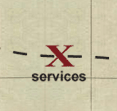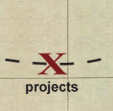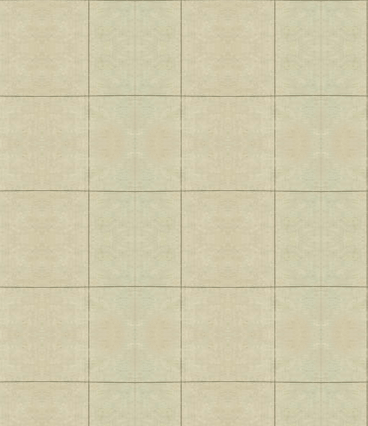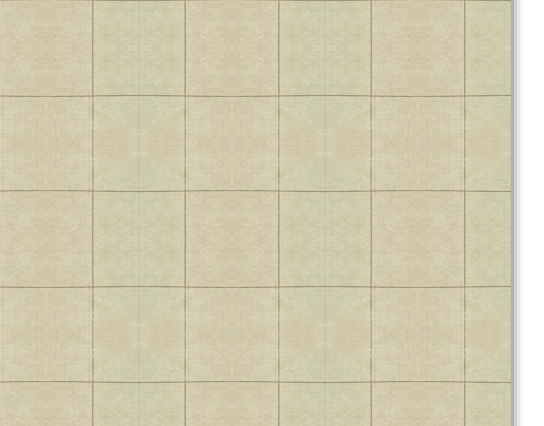








PRE- and POST-PRODUCTION
Pre-production is that all-important process that takes place after a project has been given the green light and before the cameras begin rolling on the first day of principal photography. Everything is considered.
First, a solid, workable, completed script is broken down, determining how many actors, scenes, sets, locations, costumes, effects, and props will be needed. Are there any special camera tricks or rigs? Are there safety concerns? Will it be easier to close a major street, or shoot against green screen? The answers to all of these questions will determine the number of shooting days needed.
Also examined will be any special post requirements - transfers, color timing to achieve a specific effect, special music requirements or song licensing, how many DVD screeners will be needed. Will you shoot on film or digital video? What will your aspect ratio be? What will your potential rating be? Will you seek product placement, will you develop marketing tie-ins and merchandising? All ideas and options are explored, and the final decisions will help in either reaching your budget goal or setting it.
Once these variables are determined, a production team is hired. Casting begins, set construction and location scouting commence, costumes are designed and created. The director works with the D.P. and production designer to create a look for the project, and if necessary, storyboards are created. Scenes will be rehearsed, make-up and effects designed and tested, and action will be choreographed.
Once the cameras have stopped rolling on that last day of principal, the real work begins - post. All of the footage is reviewed, logged, sound rolls synced to sound takes. A rough edit is assembled and evaluated - is the story clear? Are all the scenes needed to tell the story?
Sometimes a scene or shot is missed, a story point is unclear, or an idea didn't translate as predicted, so "pick-ups" become necessary. Pick-ups usually consist of a smaller crew shooting additional scenes or inserts, establishing shots, or time-consuming effects and miniature shots that require none of the principal cast.
While the edit is being refined and pick-ups are being added, the sound design progresses. Sound effects are created, an ambient "tone" for the film is selected.
The soundtrack work also begins. Typically, an editor or director will edit with a "temp track", music pulled from another soundtrack or from a band, known or unknown. The composer will then create an original score that approximates the feel of the temp score, and a music supervisor will begin the arduous task of finding songs and securing the rights to use them.
Once the edit is locked, final effects shots, credits, and color correction begin. Meanwhile, engineers mix the hundreds of sounds, music, songs, and dialogue into either stereo or surround sound tracks. The final picture and finished sound are finally married together, and the rest is history.

